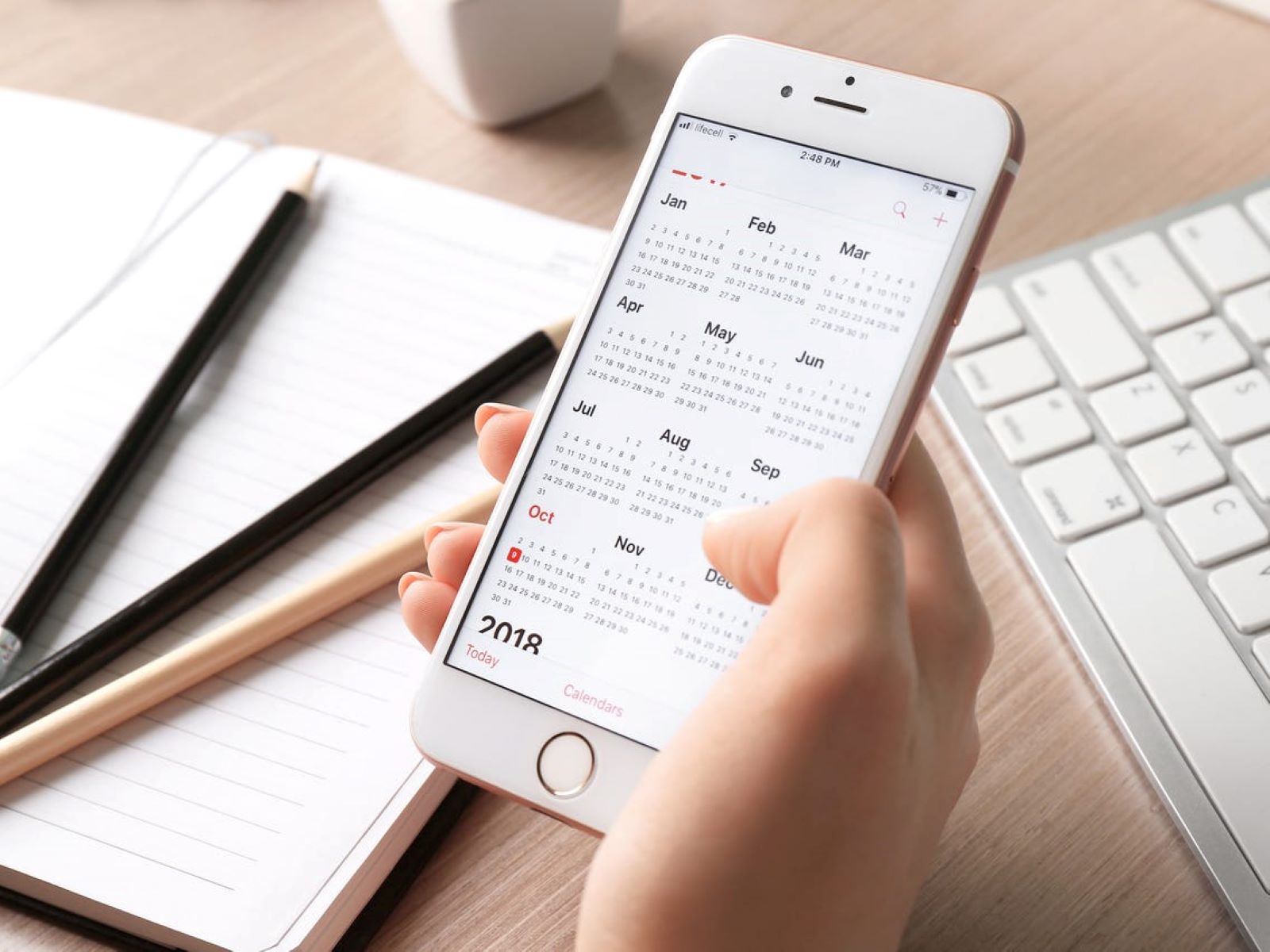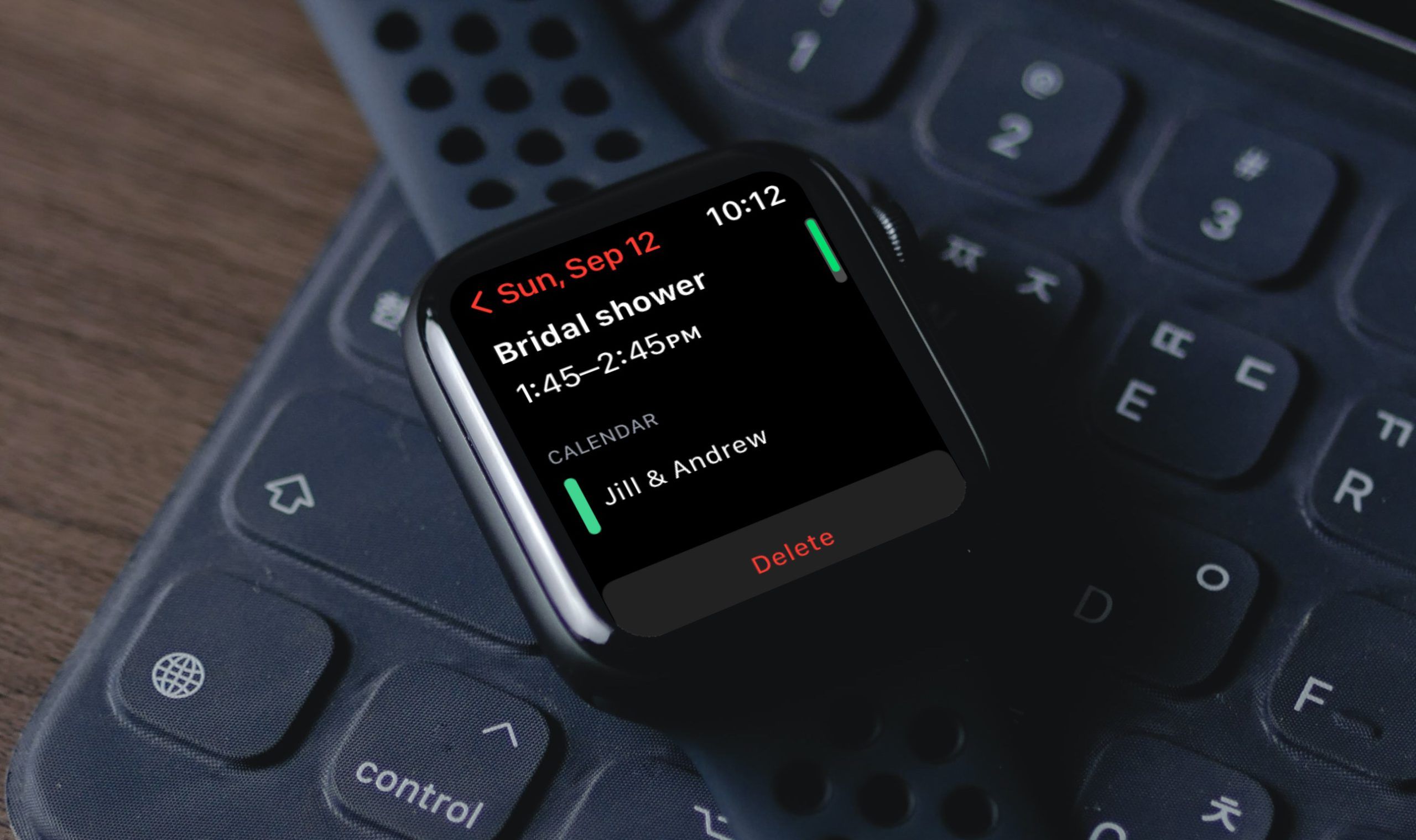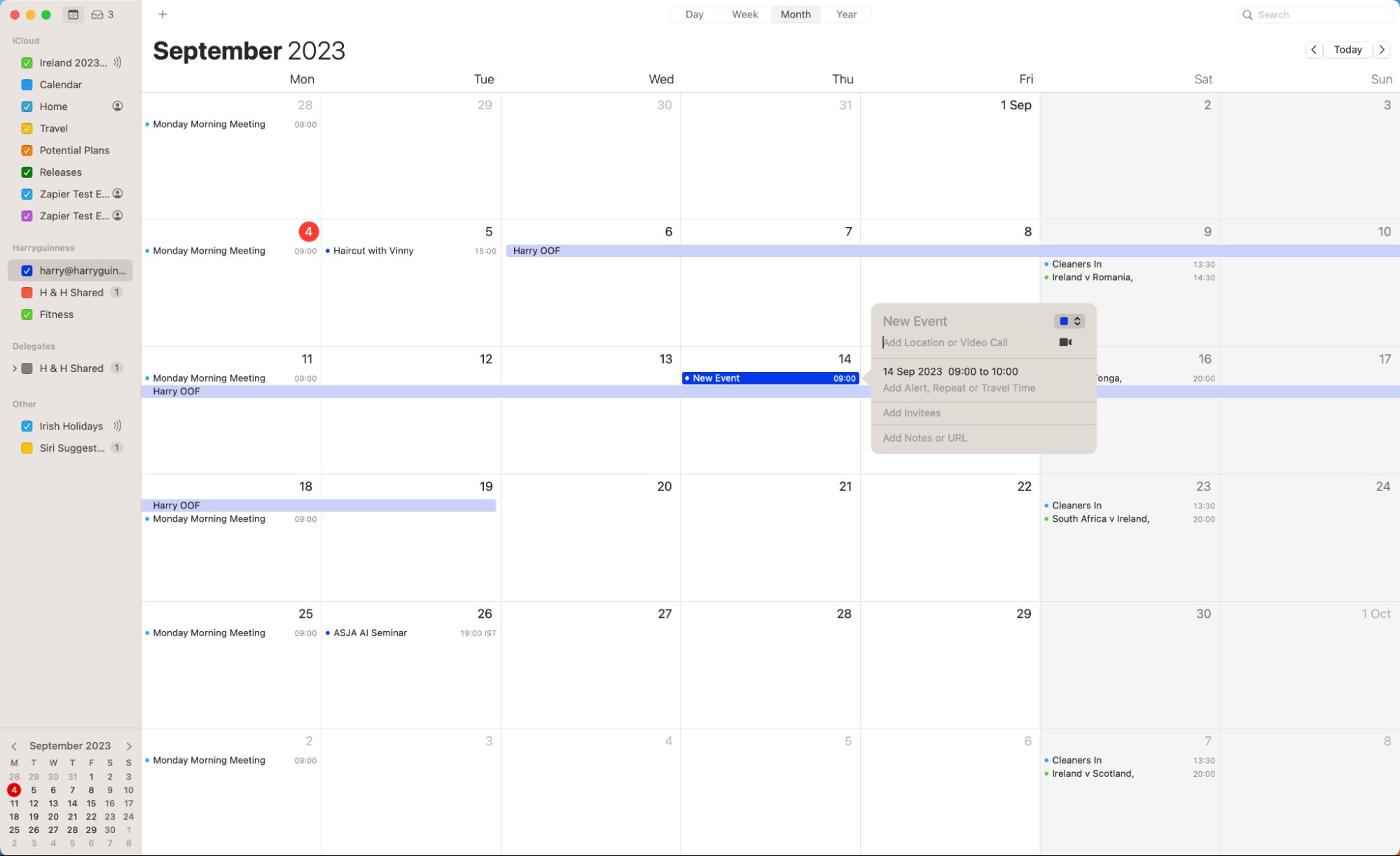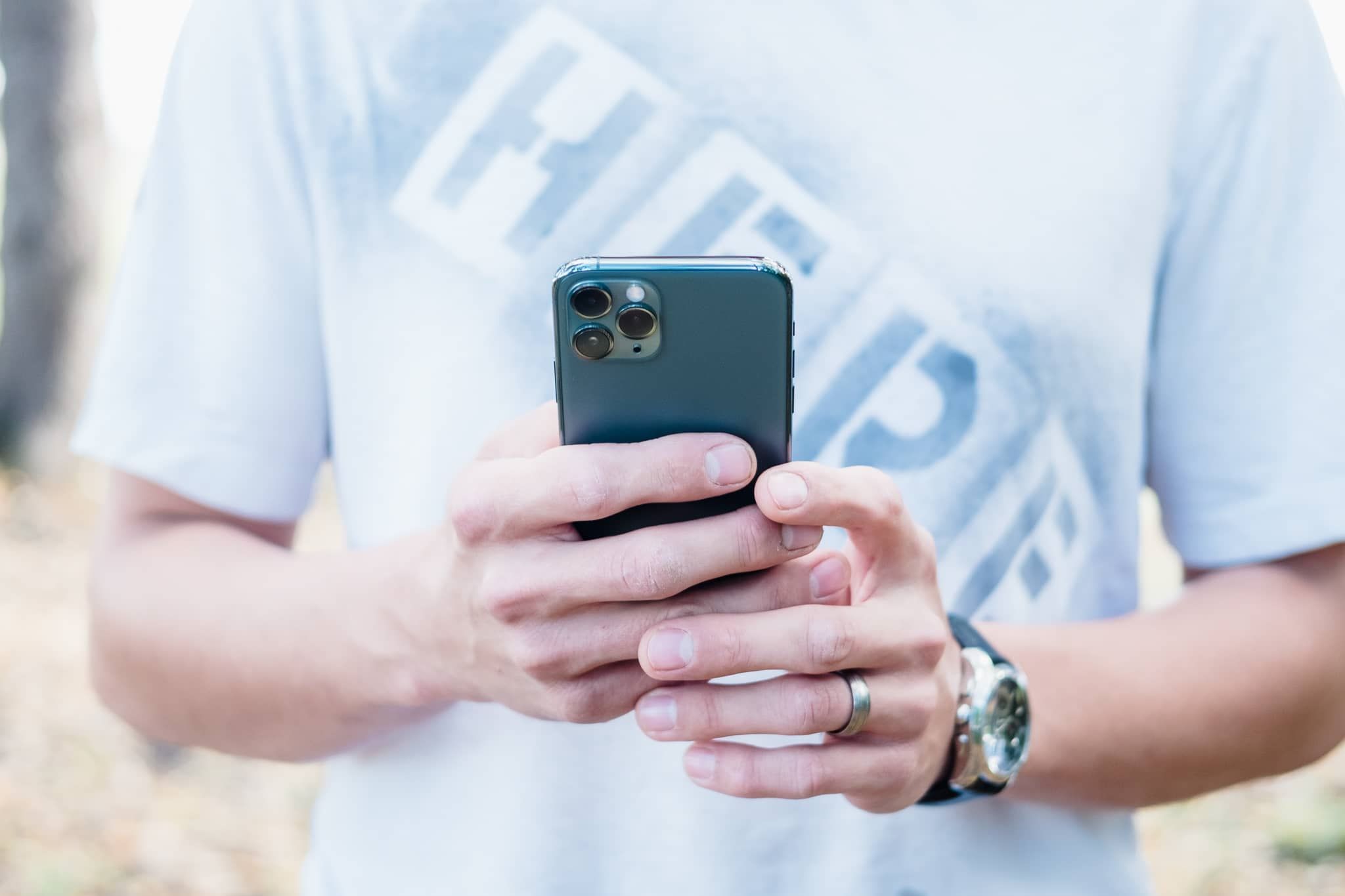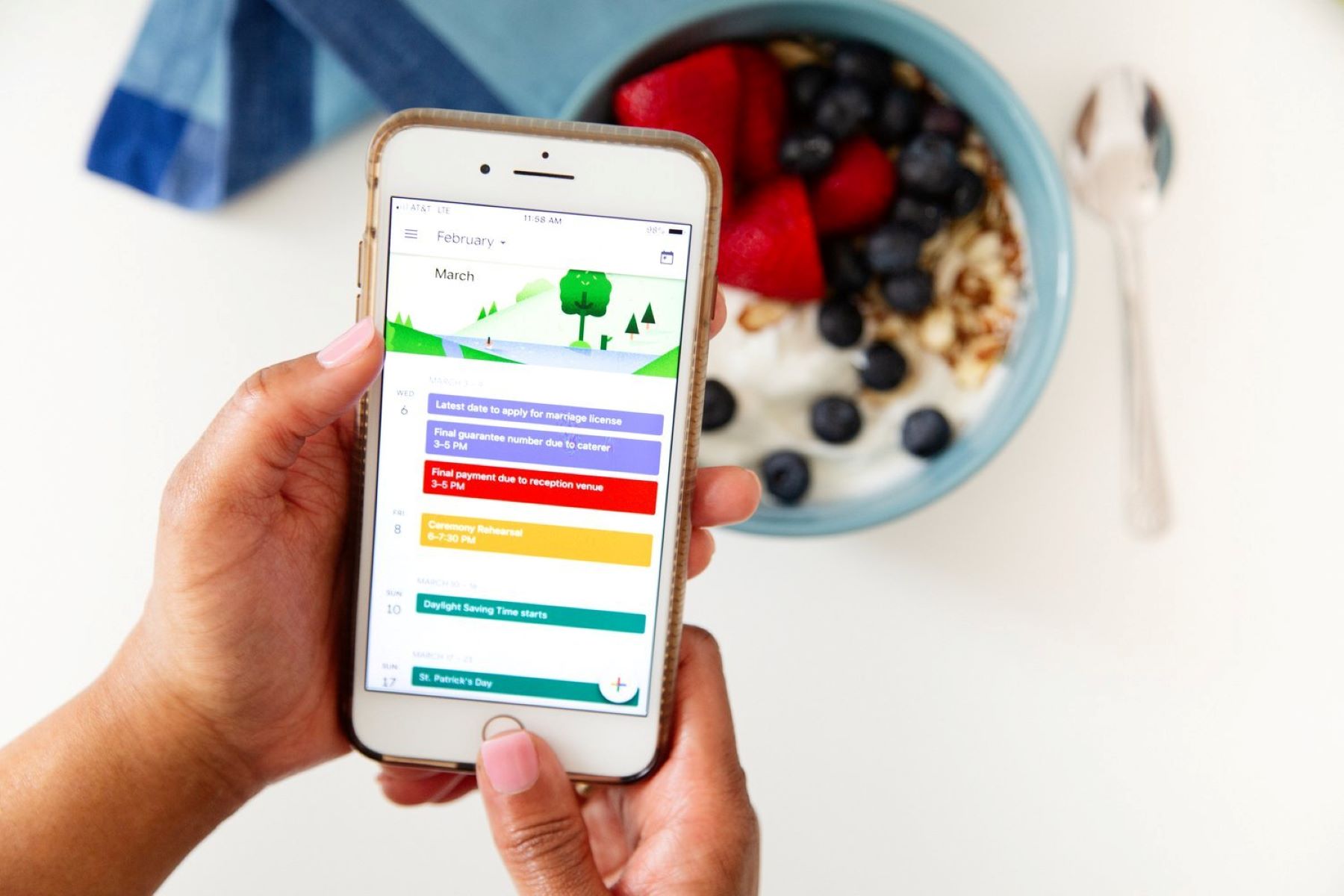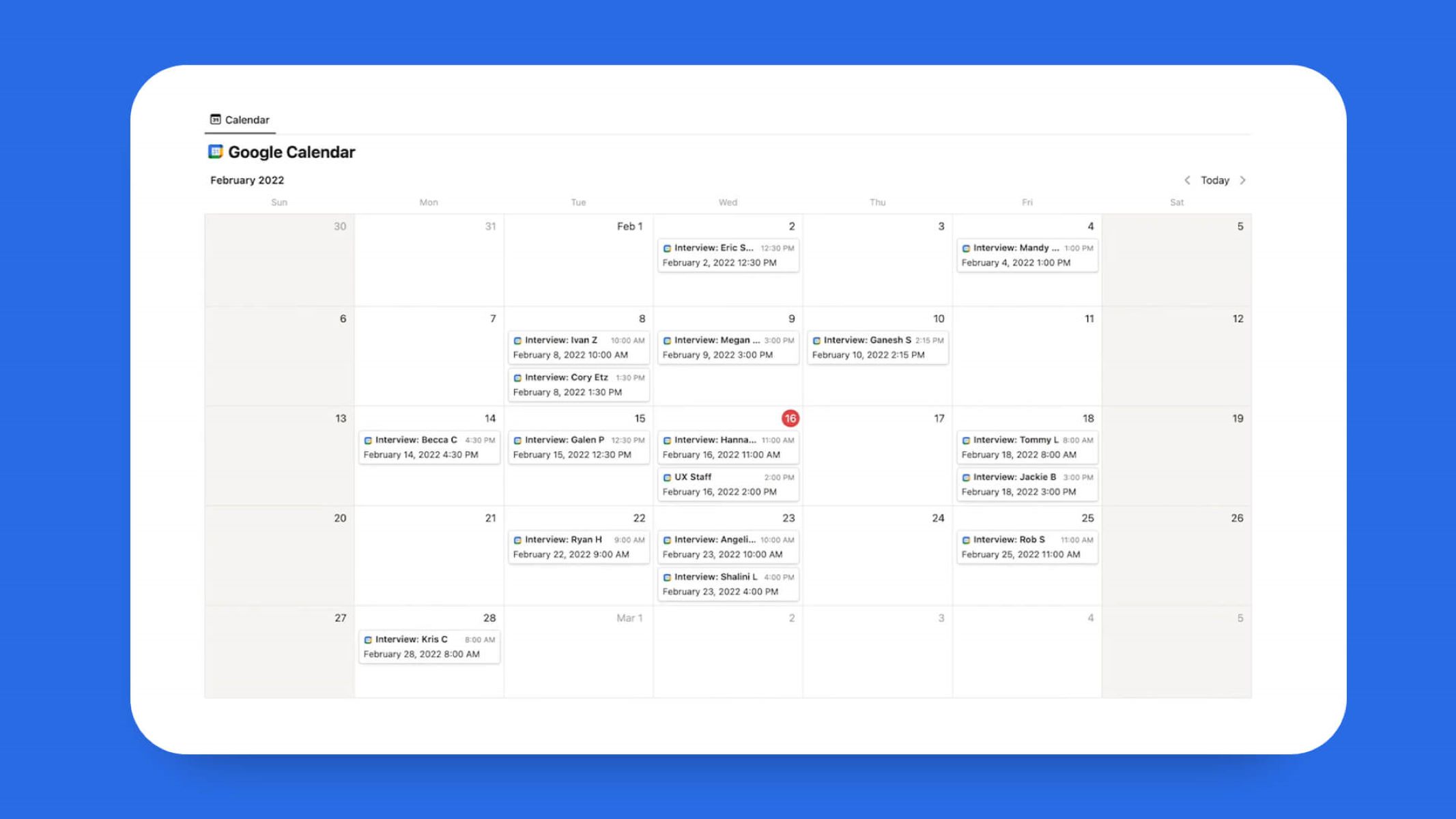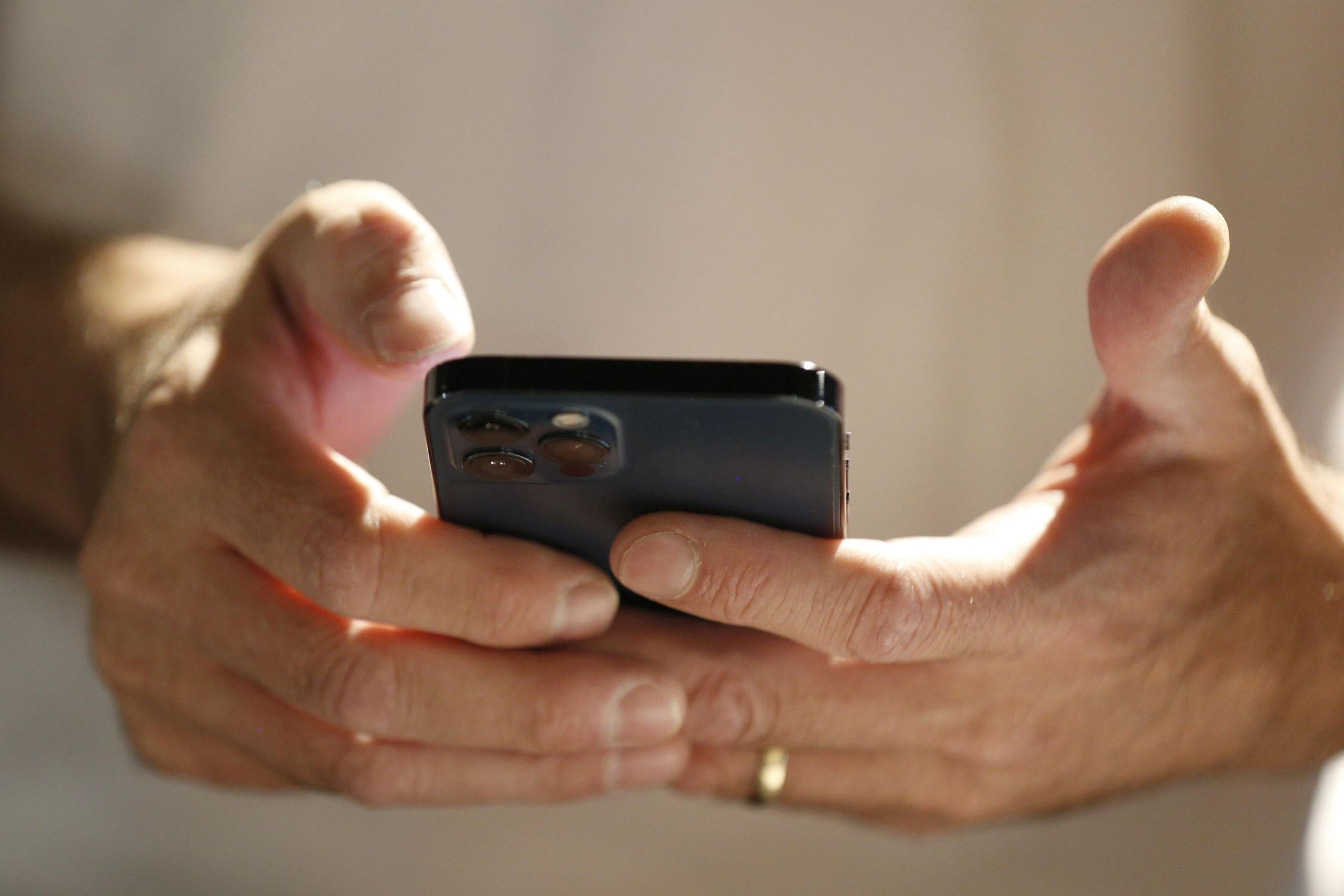Introduction
Keeping track of your appointments and events is essential for staying organized and managing your time effectively. Many individuals rely on online calendars, such as Google Calendar and Apple Calendar, to schedule and manage their daily activities. However, using multiple calendars can be cumbersome, and it’s easy to miss important events if they are not synchronized.
In this article, we will guide you through the process of syncing Google Calendar with Apple Calendar, enabling you to seamlessly manage your events across both platforms. By syncing these calendars, you will have access to your events and appointments no matter which device or platform you are using.
Synchronizing Google Calendar with Apple Calendar offers numerous benefits. Firstly, it ensures that you have all your events consolidated in one place. This eliminates the need to manually input events into multiple calendars, saving you time and effort. Additionally, having your calendars synced allows you to access your schedule effortlessly, whether you’re using your iPhone, iPad, Mac, or any other Apple device.
By following the steps outlined in this guide, you will be able to connect your Apple Calendar to Google Calendar, import events, and enable two-way sync. We will also cover troubleshooting tips for common issues that you may encounter during the syncing process. So, let’s get started and streamline your calendar management with Google Calendar and Apple Calendar synchronization!
Step 1: Connecting Apple Calendar to Google Calendar
Before you can start syncing Google Calendar with Apple Calendar, you need to establish a connection between the two. Follow these steps to link your Apple Calendar with Google Calendar:
- Open the Settings app on your Apple device and scroll down to tap on “Passwords & Accounts.”
- Select “Add Account” and choose “Google” from the list of available account types.
- Enter your Google account email address and password, then tap “Next.”
- Ensure that “Calendars” is toggled on, then tap “Save” to complete the account setup.
- Open the Apple Calendar app, and you should see your Google Calendar events integrated into the app’s interface.
By connecting your Apple Calendar to your Google account, you’ve established a bridge that allows data to flow between the two calendar systems. This link is essential for the synchronization process to work effectively.
It’s important to note that when you connect your Google Calendar to Apple Calendar, events from your Google Calendar will be displayed in Apple Calendar, but modifications made in Apple Calendar won’t sync back to Google Calendar. To enable two-way sync, you’ll need to proceed to Step 3.
Now that you have successfully connected Apple Calendar to Google Calendar, you can move on to the next step: importing your Google Calendar events into Apple Calendar.
Step 2: Importing Google Calendar Events into Apple Calendar
After connecting Apple Calendar to your Google account, you’ll want to import your Google Calendar events into Apple Calendar. This will ensure that all your events are consolidated and accessible in one place. Here’s how you can import Google Calendar events into Apple Calendar:
- Open the Apple Calendar app on your device.
- Click on “File” in the menu bar and select “Import…” from the dropdown menu.
- In the import window that appears, select “Google” as the import option.
- Log in to your Google account by entering your email and password, if prompted.
- Choose the Google Calendar that you want to import events from.
- Specify the date range for the events you want to import, or choose to import all events.
- Click “OK” to start the import process.
Once the import is complete, your Google Calendar events will be integrated into Apple Calendar. You can now view and manage these events within the Apple Calendar app.
It’s important to note that the import process only transfers existing events from your Google Calendar to Apple Calendar. Any modifications or additions made to the events in Google Calendar after the import will not sync automatically to Apple Calendar. To ensure that any changes made in Google Calendar are reflected in Apple Calendar, you’ll need to enable two-way sync, which we will cover in the next step.
Now that you have successfully imported your Google Calendar events into Apple Calendar, let’s move on to Step 3 to enable two-way sync between the two calendars.
Step 3: Enabling Two-Way Sync Between Google Calendar and Apple Calendar
By default, changes made in Google Calendar won’t automatically sync back to Apple Calendar. To enable two-way sync between the two calendars, follow these steps:
- Open the Apple Calendar app on your device.
- Click on “Preferences” in the menu bar.
- Select the “Accounts” tab.
- Select your Google account from the list of accounts.
- Make sure the “Enable this account” option is checked.
- Check the “Refresh Calendars” option to ensure that any changes made in Google Calendar are reflected in Apple Calendar.
- Click “OK” to save the changes.
By enabling two-way sync, any modifications or additions made to events in your Google Calendar will now be reflected in Apple Calendar, and vice versa. This ensures that your calendars are always up to date, regardless of the platform or device you use to make changes.
It’s important to note that the sync intervals between Google Calendar and Apple Calendar may vary. If you want to manually trigger a sync, you can do so by clicking the “Refresh Calendars” button in the Apple Calendar app.
Now that you have enabled two-way sync between Google Calendar and Apple Calendar, your calendars will stay in sync, and any changes you make will be reflected across both platforms. Next, we will explore how to manage synced calendars on your Apple devices.
Step 4: Managing Synced Calendars on Apple Devices
Now that you have successfully synced Google Calendar with Apple Calendar, it’s important to know how to manage your calendars on your Apple devices. Here are some tips on managing synced calendars:
- Viewing Calendars: Open the Apple Calendar app on your device to view all your synced calendars. You can toggle the visibility of individual calendars by clicking on the calendar names in the sidebar.
- Creating Events: To create a new event, click on the desired date and time in the Apple Calendar app. Fill in the event details, including title, time, location, and any additional information. Choose the appropriate synced calendar from the dropdown menu if you have multiple calendars.
- Editing Events: To edit an existing event, click on the event in the Apple Calendar app. Make the necessary changes, such as modifying the date, time, or title. The changes will be synced with your Google Calendar.
- Deleting Events: To delete an event, select the event in the Apple Calendar app and press the delete key or click on the trash can icon. The event will be removed from both Apple Calendar and Google Calendar.
- Categorizing Events: You can assign specific colors to different synced calendars to easily distinguish between them. Right-click on a calendar in the sidebar and choose a color for that calendar.
- Inviting Attendees: If you need to invite others to your events, you can do so by adding their email addresses in the “Invitees” field of the event details. The attendees will receive an email invitation with the event details.
By effectively managing your synced calendars on your Apple devices, you can stay organized and keep track of your events effortlessly. Remember that any changes made to events in Apple Calendar will be synced with your Google Calendar, ensuring that you have the most up-to-date information across both platforms.
Now that you’re familiar with managing synced calendars on your Apple devices, let’s move on to the final step: troubleshooting common sync issues that you may encounter.
Step 5: Troubleshooting Common Sync Issues
While syncing Google Calendar with Apple Calendar usually works seamlessly, there can be instances where you may encounter sync issues. Here are some common problems you may experience and how to troubleshoot them:
- Syncing Delays: Sometimes, changes made in one calendar may take some time to reflect in the other calendar. If you notice a delay in syncing, try manually refreshing the calendars by clicking the “Refresh Calendars” button in Apple Calendar.
- Missing Events: If you’re missing events in Apple Calendar that are present in Google Calendar or vice versa, ensure that the calendars are properly synced by following the steps outlined in Step 3. Check the visibility of calendars in Apple Calendar to ensure that the events are not hidden.
- Duplicated Events: Duplicated events can occur if a calendar is synced multiple times or if there are conflicting settings. To resolve this issue, check for duplicate synced calendars in Apple Calendar and remove any duplicates. Also, ensure that you’re not importing the same Google Calendar multiple times.
- Authentication Errors: If you encounter authentication errors when connecting Google Calendar to Apple Calendar, double-check the login credentials for your Google account and ensure that you have a stable internet connection. You may also need to re-enter your account information in the Apple Calendar settings.
- Incorrect Time Zone: If events appear with incorrect times in Apple Calendar, verify that the time zone settings on both Google Calendar and Apple Calendar are correctly configured. Misaligned time zone settings can cause discrepancies in the event timings.
If you’re still facing issues with syncing Google Calendar and Apple Calendar after troubleshooting, consider reaching out to the support teams of both Google and Apple for further assistance. They can provide specific guidance tailored to your device and software configuration.
By understanding and troubleshooting these common sync issues, you can ensure a seamless and error-free synchronization experience between Google Calendar and Apple Calendar.
Conclusion
Syncing Google Calendar with Apple Calendar is a powerful feature that allows you to manage your calendar seamlessly across both platforms. By following the steps outlined in this guide, you can connect Apple Calendar to your Google account, import events from Google Calendar, enable two-way sync, and manage your synced calendars on your Apple devices.
Through this synchronization process, you can enjoy the benefits of having all your events consolidated in one place. Whether you’re using your iPhone, iPad, Mac, or any other Apple device, you can access and manage your schedule effortlessly.
Remember to regularly refresh your calendars to ensure the most up-to-date information, and troubleshoot any common sync issues that may arise. By staying proactive and resolving any problems that might occur, you can maintain a smooth and efficient syncing experience.
Syncing Google Calendar with Apple Calendar is just the beginning of optimizing your calendar management. Explore the features and settings of both calendars to further personalize and streamline your scheduling process.
Now that you have successfully synced Google Calendar with Apple Calendar and are equipped with troubleshooting knowledge, take control of your time and stay organized like never before. Streamline your schedule, access your events from any device, and make the most out of your synced calendars.
Happy scheduling!







